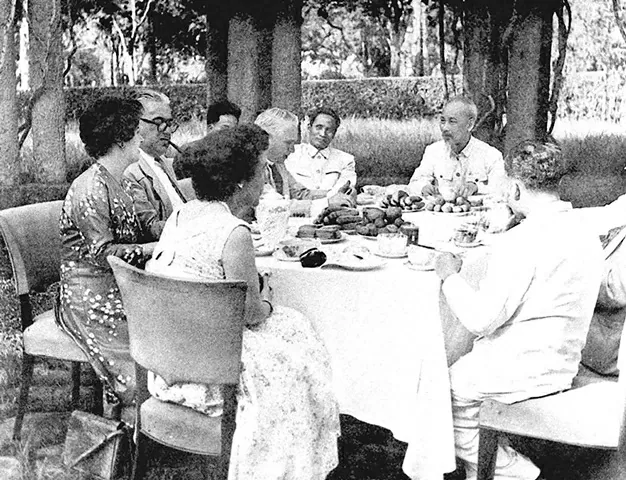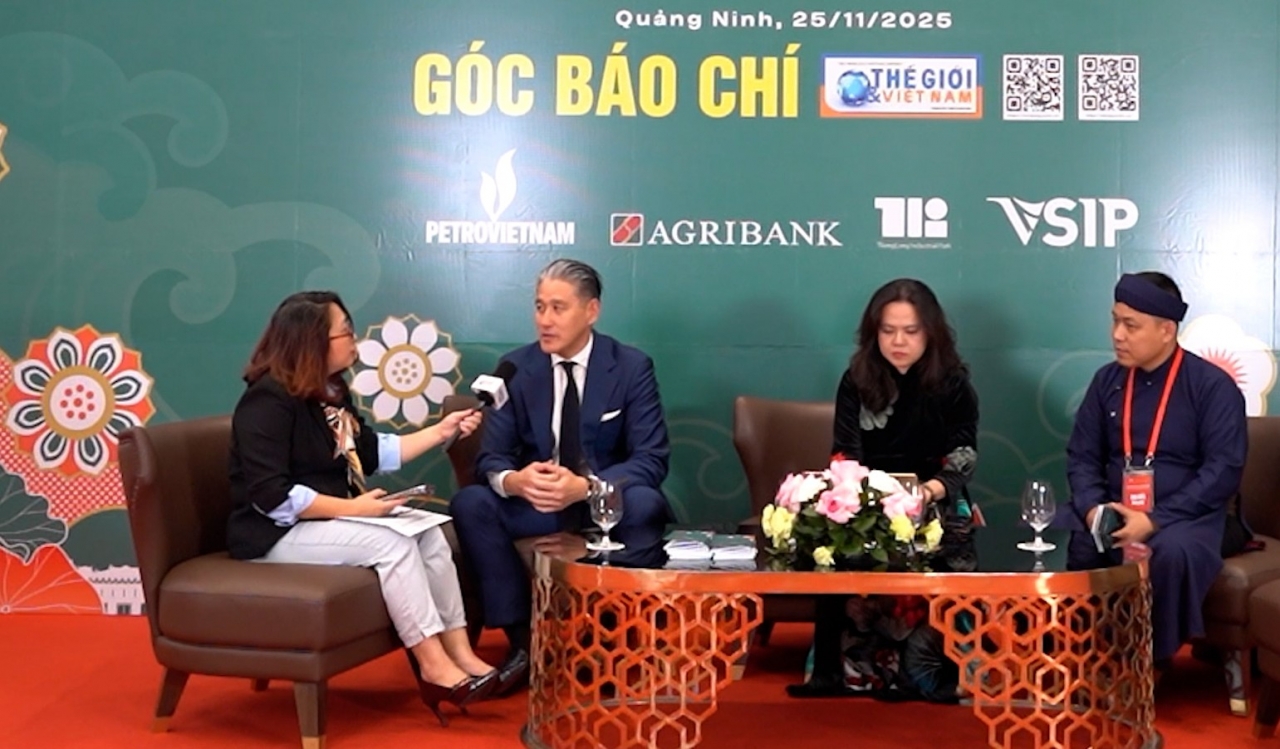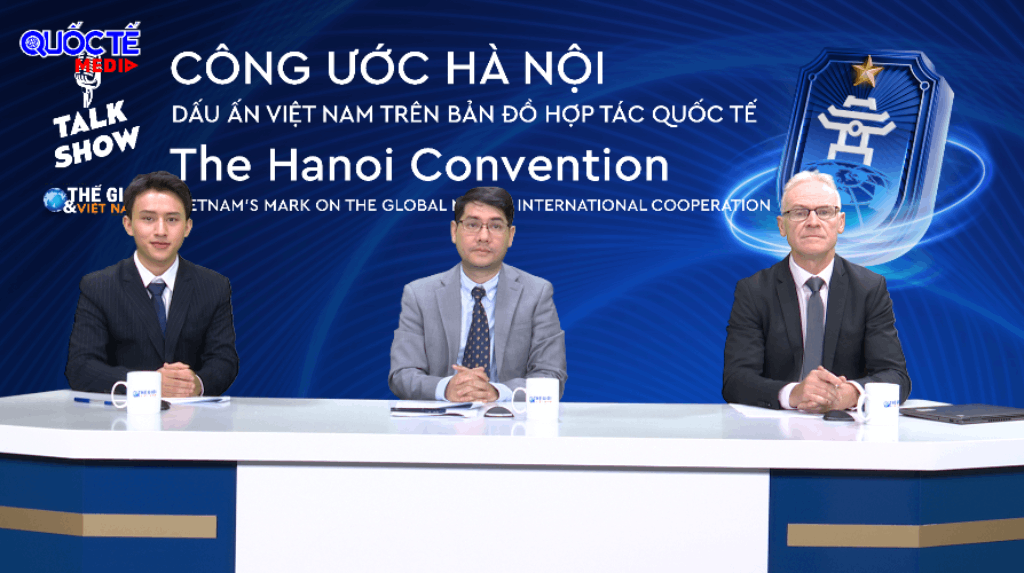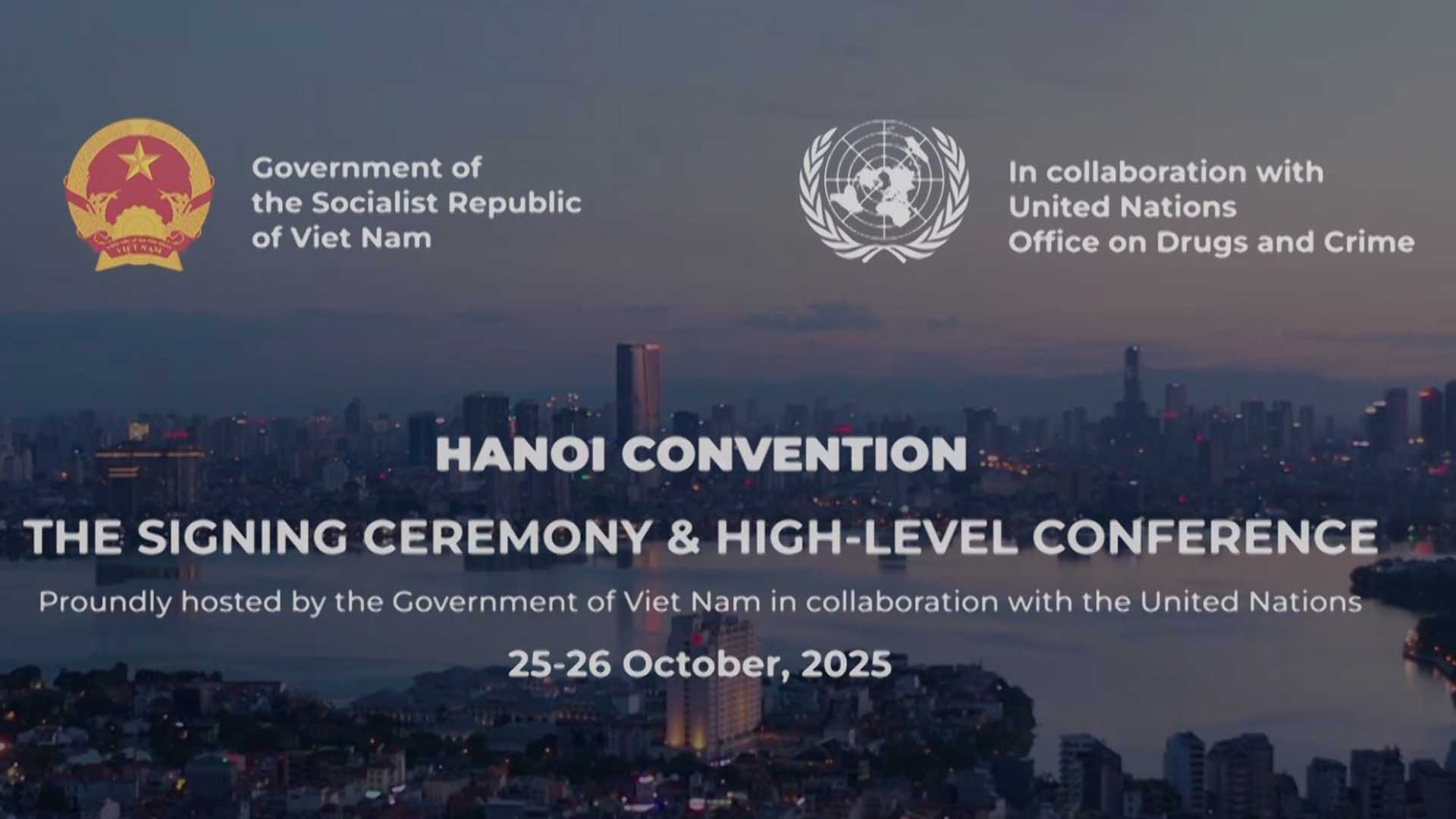
Ho Chi Minh’s diplomatic art: An everlasting source of light
Latest
 |
| Ho Chi Minh’s diplomatic art: An everlasting source of light. (Photo: WVR) |
The subtle gestures and profound philosophies of the legendary diplomat Ho Chi Minh, as remembered and contemplated by seasoned diplomats, highlight the stature and distinctive identity of Ho Chi Minh’s diplomatic artistry.
According to Ho Chi Minh’s Diplomatic Thought (2008), written by former Foreign Minister Nguyen Dy Nien, Ho Chi Minh’s diplomatic philosophy stemmed from his foundational political ideology, forming an organic part of Ho Chi Minh's entire revolutionary thought. It is a coherent system of principles, perspectives, and perceptions of the era and international relations, as well as strategic directions, policies, and foreign doctrines of modern Vietnamese diplomacy.
A Great Personality
Former Prime Minister Pham Van Dong once wrote: “Ho Chi Minh is lofty but never distant, new yet never strange, great but never pompous, radiant but never overwhelming; at first sight, one already feels a sense of closeness.” Learning from him is first of all the personality of “simple – sincere - enlightened,” embodying the natural simplicity of a sage.
He also commented, “Ho Chi Minh’s diplomatic adaptability became legendary.” The story of Uncle Ho’s visit to India, as recalled by former Foreign Minister Nguyen Dy Nien, stands as a vivid example.
Recalling his experience interpreting Hindi for Uncle Ho in 1958 when he visited India, the seasoned diplomat shared his pride of reading Uncle Ho's speech translated into Hindi for the first time: “At a rally of tens of thousands at the Red Fort in New Delhi, the Indian friends prepared a grand chair for Uncle Ho to sit on the podium of honor. The chair looked like a throne, very large. Meanwhile, Indian Prime Minister Jawaharlal Nehru sat on a normal chair like everyone else. When Prime Minister Nehru invited Uncle Ho to sit on the grand chair, Uncle Ho resolutely refused.
Seeing that, Prime Minister Jawaharlal Nehru said, ‘You are our honored guest; having you sit on this chair is our honor.’ Witnessing this, tens of thousands present stood up to watch. The two leaders kept offering the seat to each other, and in the end, neither sat on it. Prime Minister Nehru ordered the chair replaced with a simpler one. The Indian crowd responded with thunderous applause and chants of: ‘Long live Ho Chi Minh! Long live Ho Chi Minh!’.
At a banquet hosted by Prime Minister Nehru during the same visit, a famous local chicken dish was served. Indians traditionally eat with their hands. As many guests seemed unfamiliar with knives and forks, Uncle Ho was very perceptive, he told Prime Minister Jawaharlal Nehru: “Chicken is best enjoyed with one's hands – eating it with utensils is like talking to one’s beloved through an interpreter.”
Numerous memoirs, documents, and testimonies from both domestic and international politicians and historians have all highlighted Uncle Ho as a natural, simple yet sophisticated and courteous person; approachable, warm, gentle yet principled and courageous.
Fortunately, the cultural depth in Uncle Ho's diplomatic conduct was absorbed and carried forward by his close disciples. Many figures, such as Le Duan, Truong Chinh, Pham Van Dong, Vo Nguyen Giap, Le Duc Tho, Nguyen Co Thach…, left significant marks in Vietnam’s diplomacy with international friends.
For instance, Prime Minister Pham Van Dong was known for his composed, gentle, and refined manner in international negotiations, especially at the 1954 Geneva Conference. Mr. Le Duc Tho was a master negotiator in the 1973 Paris Peace Agreement, showing steadfast spirit and principled positions. Foreign Minister Nguyen Co Thach stood out not only for his sharp strategic thinking but also for his flexibility and adaptability in managing foreign relations amidst global upheavals. These disciples contributed to elevating Vietnamese diplomacy, deeply imbued with the imprint of Ho Chi Minh’s diplomatic culture.
 |
| President Ho Chi Minh receives a delegation of British parliamentarians visiting Vietnam on May 4, 1957. (Archive photo). |
Deeply internalized Principles
Well-established priinciple such as “using the unchanging to respond to the ever-changing”(to be firm in principles while responding to changing circumstances); the “five knowings” (know yourself, know your counterpart, know the context, know when to stop, and know how to adapt); and vivid metaphors like “national strength is the gong, diplomacy is its sound — only when the gong is strong can the sound resonate far,” as well as the art of creating, seizing, and capitalizing on opportunities — all represent invaluable legacies that President Ho Chi Minh bequeathed to Vietnamese diplomacy. Practice has proven that these principles serve as guiding compasses, enabling diplomats to overcome challenges and shine with confidence today.
Former Foreign Minister Nguyen Dy Nien considered the success of the Paris Peace Agreement as a vivid demonstration of applying the principle "using the unchanging to respond to ever-changing". The ‘unchanging’ refers to the firm position on fundamental principles: respect for national sovereignty, the right to self-determination of the people of South Vietnam, and the demand for the withdrawal of U.S. and allied forces.” The ‘ever-changing’ reflects flexibility, proactiveness, and ingenuity in choosing negotiation methods and formats, along with a readiness to make concessions on secondary issues in order to achieve incremental victories.
In the lesson of the “Five Knowings”, according to the veteran diplomat, “knowing when to stop” is the most difficult. In negotiations, choosing the right moment to halt is a decisive factor: stopping too early may cause losses, while pushing too hard can lead to breakdown. One example cited is President Ho Chi Minh’s guiding thought during the resistance war against the United States: “Drive out the Americans, overthrow the puppet regime.” Accordingly, in the Paris Peace Agreement, Vietnam’s paramount goal was to force the United States to withdraw its troops and cease interference in Vietnam’s internal affairs. “That landing point was precisely calculated,” the diplomat affirmed, “It was the decisive factor that led to the historic victory of April 30, 1975.”
Former Deputy Prime Minister Vu Khoan once profoundly remarked: In today’s world of constant change, Vietnam’s diplomacy remains steadfast in following President Ho Chi Minh’s teaching: “Our principles must be firm, but our tactics must be flexible.”
Guided by this spirit, Vietnam does not choose sides, but chooses justice – choosing peace, cooperation, and a resolute commitment to resolving differences and conflicts through peaceful means.
President Ho Chi Minh’s vivid analogy of the “Gong and its sound” – symbolizing national strength and diplomatic reach – has become the "coordinate axis" for generations of diplomats. From skillfully overcoming past blockades and embargoes to today’s efforts to elevate Vietnam’s international stature, this ideology remains intact. Socio-economic achievements and the improved living standards of the people are the 'big Gong' that forms the foundation for the far-reaching 'sound of the Gong' in diplomacy. Conversely, proactive and effective diplomacy strengthens the “Gong” itself.
A Deeply Humanistic Approach
In 1923, Soviet journalist and poet O. Mandelstam, upon meeting the young Nguyen Ai Quoc, remarked: “From Nguyen Ai Quoc radiates a kind of culture—not Asian, but perhaps of the future... Through his noble gestures and calm voice, I could glimpse tomorrow, a vision of calm skies and oceans, and boundless brotherhood.”
President Ho Chi Minh’s conduct was deeply imbued with profound humanity, embodying the philosophy of “winning hearts and minds.” He once said: “Strike at the heart, win by reason, transform with compassion, and persuade the soul to multiply the power of justice.”
 |
| A vehicle carries the portrait of President Ho Chi Minh at the parade. (Photo: VNA) |
He consistently displayed subtle, humane diplomatic gestures that left lasting impressions on international friends. Memorable moments include giving his scarf to a German guest with a cough, offering his coat to a cold French prisoner shivering from the cold in the Vietnamese winter, and sending a wreath and a peach tree, during his 1958 visit to India, to commemorate the mother of Prime Minister Nehru, whom he met at the International Conference against Colonialism in Belgium in 1927 —a thoughtful act that deeply moved the Indian leader. Nehru said: “It may seem an ordinary act, but it reveals the greatness of President Ho.”
Many international journalists visiting Vietnam yearned to meet President Ho Chi Minh. With persuasive powers rooted in both reason and emotion, he conveyed messages of peace and justice of the Vietnamese people to the world through the media. Thanks to that, Vietnam’s goodwill reached peace-loving people across the globe, helping them understand and participate in supporting our people's just resistance.
This “diplomacy of the heart” gradually permeates Vietnam's diplomatic culture. Former Deputy Prime Minister Vu Khoan once recalled that during the 1995 visit to Vietnam, former U.S. President George H.W. Bush was surprised that no Vietnamese, not even veterans, showed hostility—instead, he was warmly welcomed. When asked why, Vu Khoan responded: “The Vietnamese steadfastly defend their homeland, but once war ends, they are ready to ‘put the past behind and look to the future.”
“The world may change, but Marxism-Leninism and Ho Chi Minh ideology will forever endure,” wrote General Vo Nguyen Giap in “Ho Chi Minh Ideology and the Vietnamese Revolutionary Path.” Ho Chi Minh's ideology and diplomatic art remain a lasting force and a torch guiding Vietnam’s diplomacy through each era. His ideology continues to serve as a “bedside manual” for generations of diplomats, inspiring them to strive for new heights of glory and fulfill his cherished vision: to see Vietnam “stand shoulder to shoulder with the great powers of the five continents.”

















